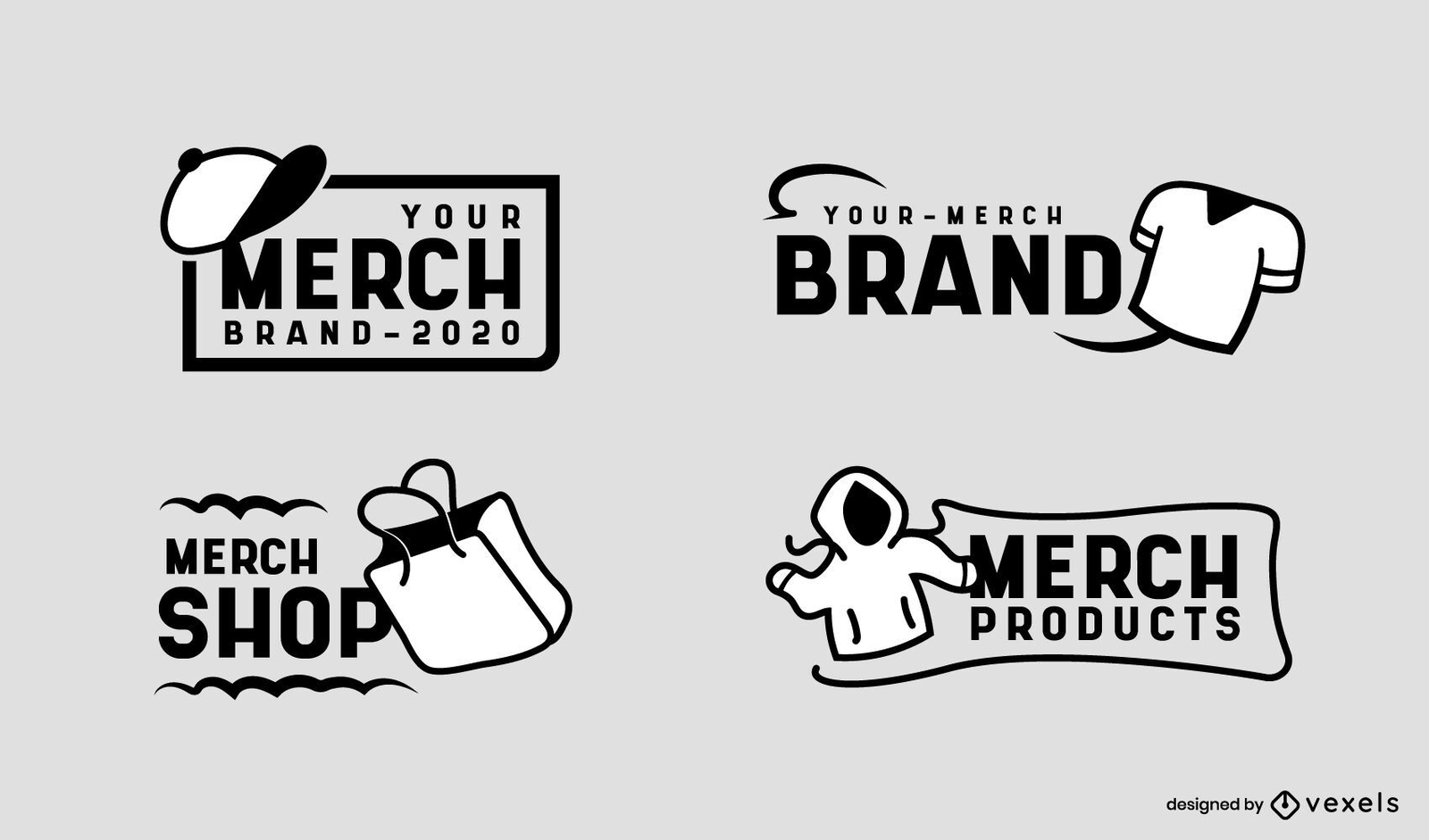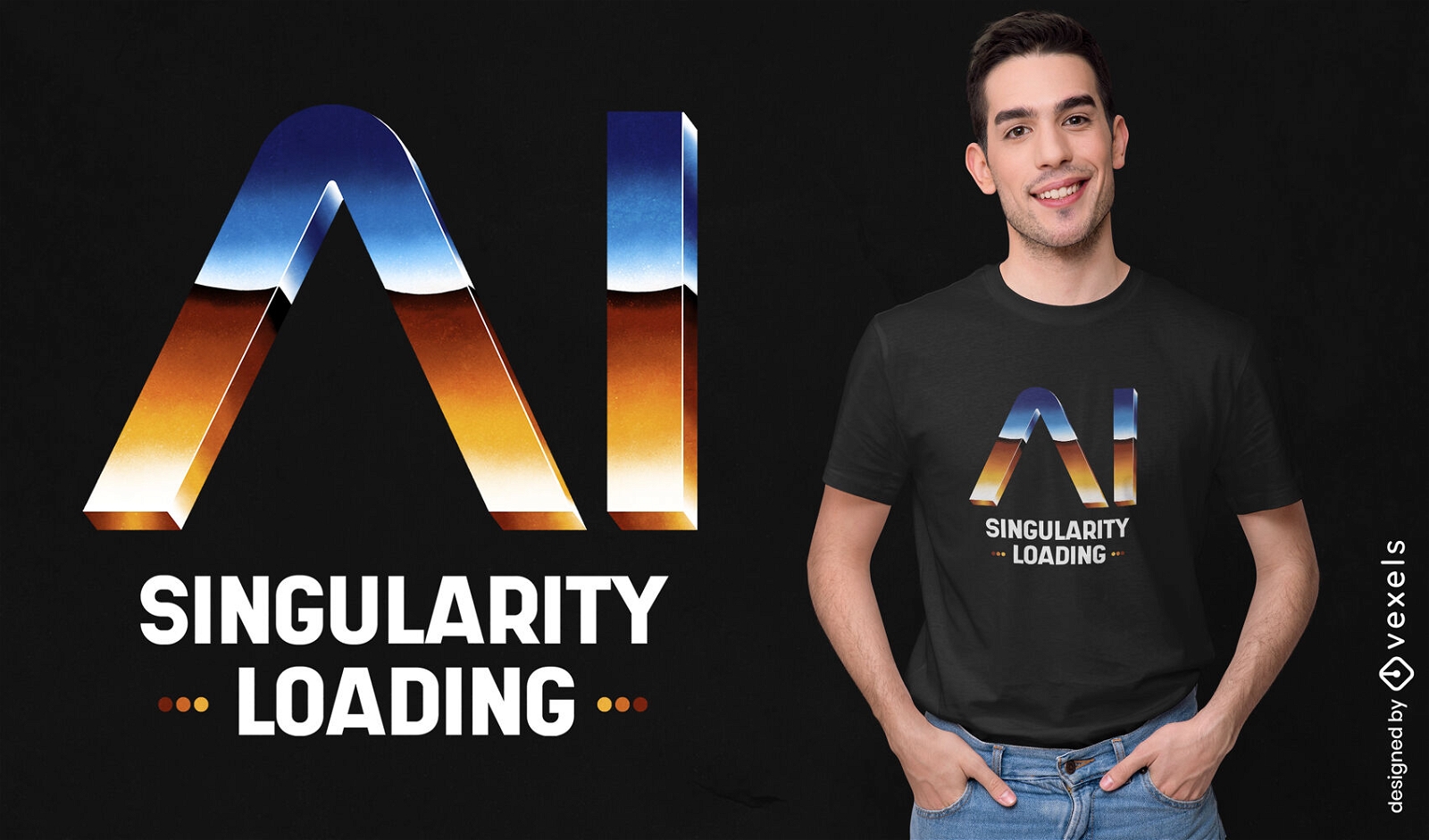
Vexels: Complete Buyer's Guide
Specialized AI design platform for merchandise creators
Vexels positions itself as a specialized AI design platform targeting merchandise creators, with particular strength in t-shirt and apparel design workflows. The platform differentiates through merchandise-specific AI capabilities, including automatic vectorization for scalability and 18 style variations optimized for apparel printing[39][53].
Market Position & Maturity
Market Standing
Vexels operates in the specialized mid-market tier, competing directly with Kittl in print-on-demand workflows while contrasting with enterprise solutions like Adobe Firefly[43][53].
Company Maturity
Business maturity indicators suggest stable operations with transparent pricing structures and established customer support systems[47][50][52].
Growth Trajectory
Growth trajectory evidence remains limited in available research, though the platform's specialized positioning and customer retention patterns suggest sustainable business development within its target market.
Industry Recognition
Industry recognition appears focused on customer satisfaction rather than broader market awards.
Longevity Assessment
The platform's competitive positioning emphasizes production readiness over creative flexibility, with vendor claims that users choose Vexels for its print-ready guarantees over creative-focused platforms[45][52].
Proof of Capabilities
Customer Evidence
Customer evidence demonstrates measurable outcomes for print-on-demand businesses and freelance designers. According to vendor data, customer profiles include Etsy/Shopify sellers, small garment businesses, and freelance designers[48][52].
Quantified Outcomes
Quantified customer outcomes include significant time savings and production efficiency improvements. Customer testimonials report design time reduction from 3 hours to 20 minutes per t-shirt design[41].
Market Validation
Market validation through customer volume and diversity shows adoption across multiple business models within the merchandise sector.
Competitive Wins
Competitive validation emerges through customer choice patterns, with vendor claims that users choose Vexels for its print-ready guarantees over creative-focused platforms[45][52].
Reference Customers
Reference customer examples include successful print-on-demand sellers and freelance designers who have achieved measurable business outcomes through Vexels implementation[41][48][52].
AI Technology
Vexels' AI design generator specializes in merchandise-ready output through several key technological innovations that differentiate it from general-purpose AI design tools. The platform's core technology centers on proprietary models trained specifically for apparel printing[39].
Architecture
Integration capabilities remain web-based with minimal technical infrastructure requirements, though GPU acceleration enhances vectorization speed[43][56].
Primary Competitors
Vexels competes primarily in the specialized mid-market tier, with direct competition from Kittl in print-on-demand workflows while avoiding head-to-head competition with enterprise solutions like Adobe Firefly[43][53].
Competitive Advantages
Primary competitive advantages include merchandise specialization, print-ready output, cost-effectiveness, and vector reliability.
Market Positioning
Market positioning emphasizes production readiness over creative flexibility, creating clear differentiation from general-purpose AI design tools.
Win/Loss Scenarios
Win/loss scenarios show Vexels excels when primary focus is merchandise/apparel design, print-ready vector output is essential, budget constraints eliminate enterprise solutions, and workflow centers on template-based production[39][43][53].
Key Features

Pros & Cons
Use Cases
Pricing
Featured In Articles
Comprehensive analysis of AI T-shirt Design Tools for AI Design for AI Design professionals. Expert evaluation of features, pricing, and implementation.
How We Researched This Guide
About This Guide: This comprehensive analysis is based on extensive competitive intelligence and real-world implementation data from leading AI vendors. StayModern updates this guide quarterly to reflect market developments and vendor performance changes.
56+ verified sources per analysis including official documentation, customer reviews, analyst reports, and industry publications.
- • Vendor documentation & whitepapers
- • Customer testimonials & case studies
- • Third-party analyst assessments
- • Industry benchmarking reports
Standardized assessment framework across 8 key dimensions for objective comparison.
- • Technology capabilities & architecture
- • Market position & customer evidence
- • Implementation experience & support
- • Pricing value & competitive position
Research is refreshed every 90 days to capture market changes and new vendor capabilities.
- • New product releases & features
- • Market positioning changes
- • Customer feedback integration
- • Competitive landscape shifts
Every claim is source-linked with direct citations to original materials for verification.
- • Clickable citation links
- • Original source attribution
- • Date stamps for currency
- • Quality score validation
Analysis follows systematic research protocols with consistent evaluation frameworks.
- • Standardized assessment criteria
- • Multi-source verification process
- • Consistent evaluation methodology
- • Quality assurance protocols
Buyer-focused analysis with transparent methodology and factual accuracy commitment.
- • Objective comparative analysis
- • Transparent research methodology
- • Factual accuracy commitment
- • Continuous quality improvement
Quality Commitment: If you find any inaccuracies in our analysis on this page, please contact us at research@staymodern.ai. We're committed to maintaining the highest standards of research integrity and will investigate and correct any issues promptly.